Police Brutality Lawyers from Piccuta Law Group File Civil Rights Lawsuit Against City of Clovis Police Department
Last week, the civil rights lawyers at the Piccuta Law Group, filed a new lawsuit against the City of Clovis Police Department and its officers. The lawsuit was filed in the Superior Court for the County of Fresno. The case is entitled Bryon Espinosa v. City of Clovis, Et Al. Also named as defendants are City of Clovis police officers Timothy Dronek and Thomas Hoshida. The case is designated case # 20CECG00802 and is pending before Judge Kimberly Gaab.
The client selected the Piccuta Law Group to handle the case because of the firm’s previous success against the City of Clovis Police Department. In 2013, the firm filed a high-profile civil rights lawsuit against the City of Clovis Police Department and its officers. That case was filed in the United States District Federal Court and was entitled Macias v. City of Clovis, Et Al. It was designated case # 1:13-CV-01819.
The case lasted several years and was heavily contested. In that lawsuit, the police brutality attorneys from the Piccuta Law Group alleged that the firm’s client was beaten and tased by multiple officers while handcuffed. The firm claimed that the primary officer fabricated what happened in the police report to excuse his misconduct. Specifically, that the officer lied about the firm’s client attacking other officers and resisting arrest.

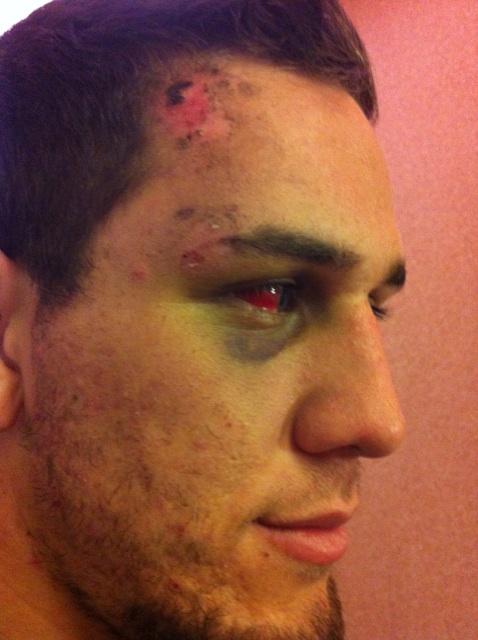

In the course of the lawsuit, the firm found an Internal Affairs Investigation into the officer. The results of that investigation were that the officer had falsified and fabricated police reports. The officer was terminated from the force as a result. The case settled in September of 2016 for $650,000. The case was followed closely by the local media. Multiple stories were published by the Fresno Bee about the case. Below is a link to a story regarding the $650,000 settlement published by the Fresno Bee.
The Allegations in the Police Brutality Case
The latest civil rights lawsuit our excessive force attorneys have brought against the City of Clovis arises from an incident that occurred on January 28, 2019. On that night, the client was in a dispute with his neighbor regarding knocking over each other’s trash cans. The neighbor called the Clovis police after his trash can was knocked over. In response, multiple officers were sent to the scene.
At the scene, officers followed the client into his home, without a warrant, and drug him out. The lawsuit alleges, that once outside, he was taken violently to the ground and then beaten by multiple officers. Specifically, the lawsuit alleges as follows:
12. As Mr. Espinosa was walking down his driveway toward the cul-de-sac, Dronek and Lowery exited their vehicle and entered onto Mr. Espinosa’s property.
13. Mr. Espinosa told Dronek and Lowery to get off his property. Dronek and Lowery responded by charging toward Mr. Espinosa, who began retreating toward his house out of fear.
14. While Mr. Espinosa was retreating, he was walking backwards with his back to his home and his face toward Dronek and Lowery. At this time, Mr. Espinosa was visibly attempting to record his surroundings with his cell phone, though he was unsuccessful in doing so. Mr. Espinosa was also yelling for his fiancé, J.W., who lived with him at the residence, to come witness what was transpiring.
15. As Mr. Espinosa reached his front door, he turned and moved through the entryway into his house. Dronek followed Mr. Espinosa into the home and seized him by wrapping his arms around his mid-section.
16. Dronek pulled Mr. Espinosa outside while swinging him back and forth. Once outside, Dronek maintained his hold on Mr. Espinosa and swung him into the side of the house and against a bench.
17. A few feet from the front door, Dronek slammed Mr. Espinosa to his knees. Dronek continued to apply force to bring Mr. Espinosa down to all fours and then flat on his stomach. In the process, Dronek applied such a degree of force that he caused a fracture of Mr. Espinosa’s right femoral head and right hip socket.
18. While on the ground, Mr. Espinosa yelled at Dronek words to the effect of, “you broke my hip.” Dronek placed Mr. Espinosa in handcuffs and sat on his back.
19. Dronek then dragged Mr. Espinosa across the ground away from the house and into the front yard. Mr. Espinosa was left in a position, flat on his stomach, such that his body was in the grass and his head was on the sidewalk pavement.
20. Around this time, Defendant Hoshida and Nicholas Mason (“Mason”), a police officer with the Clovis Police Department, arrived at the scene.
21. Upon arrival, Mason approached J.W. near the doorway to the home as she was attempting to record the events taking place. Mason attempted to block J.W. from recording the encounter between the other officers and Mr. Espinosa.
22. Mr. Espinosa is informed and believes that Defendant Hoshida, after exiting his patrol vehicle, approached Mr. Espinosa who was still restrained and being held down by Dronek.
23. Having suffered multiple fractures and receiving no medical attention, Mr. Espinosa began screaming for help. Defendants responded by beating Mr. Espinosa with fists, knees and elbows to his body and by grinding his face into the pavement. Mr. Espinosa is informed and believes that Dronek and Hoshida were the individuals who directly applied force to his person at this time.
24. After the beating, Dronek yelled at Mr. Espinosa to stand up. Mr. Espinosa responded by declaring that he could not because Dronek broke his hip.
25. Defendants then lifted Mr. Espinosa off the ground and dragged him to the patrol vehicle in which Dronek and Lowery had arrived.
26. Once at the vehicle, Mr. Espinosa was commanded by Dronek to stand on his own. Mr. Espinosa again informed him that he could not because of his broken hip.
27. Defendants let Mr. Espinosa drop to the ground in the street next to the patrol vehicle. They again beat Mr. Espinosa with fists, knees and elbows to his body and by grinding his face into the street while he screamed for help. Mr. Espinosa is informed and believes that Dronek and Hoshida were again the defendants who directly applied force to his person at this time.
28. After the beating, Mr. Espinosa was lifted off the street and forcibly placed in Lowery and Dronek’s patrol car.
29. Defendants did not summon medical personnel to the scene to attend to Mr. Espinosa’s injuries. Neither did Defendants transport Mr. Espinosa from the scene to a medical facility. Mr. Espinosa was instead taken directly to the Clovis Police Department.
The Claims Asserted by Our Civil Rights Attorneys in the Excessive Force Lawsuit
The lawsuit, our civil rights attorneys filed, only contains state law claims. Those claims include:
- Violation of the Bane Act
- Battery by a Peace Officer
- Assault
- Intentional Infliction of Emotional Distress
The Bane Act is a California law that is often referred to as California’s civil rights law. It gives a citizen the right to sue if any of his or her State or Federal Constitutional rights are violated. With respect to this case, our civil rights lawyers alleged that the officers violated the client’s First Amendment rights and retaliated against him for exercising his free speech. Specifically, that the officers went after him for telling them to get off his property and other statements he made.
The Bane Act is a California law that is often referred to as California’s civil rights law. It gives a citizen the right to sue if any of his or her State or Federal Constitutional rights are violated.
The lawsuit also alleges that the client’s Fourth Amendment right to be free from unlawful seizures was violated. This includes the right to be free from unlawful arrest. Moreover, the lawsuit alleges that the client’s Fourth Amendment right to be free from excessive force was also violated.
With respect to the assault and battery claims, the two are brought together. The assault claim requires that the officers intended to cause a harmful or offensive contact and that the client believed that he was about to be touched in a harmful or offensive manner. The assault claim does not require that the touching or battery actually occur.
The battery claim on the other hand requires a harmful and intentional touching that the client did not consent to. It further requires that the harmful or offensive touching was not necessary to overcome any resistance. Here, the punches, elbows, knees, grabs and slams all support the claim. Of course, anyone proving a battery claim must have suffered damages as a result.
Finally, the intentional infliction of emotional distress claim requires that the conduct of the officers was extreme and outrageous. Under the law, “outrageous conduct” is conduct so extreme that it goes beyond all possible bounds of decency. (California Civil Jury Instruction 1602). The conduct must be such that a reasonable person would regard the conduct as intolerable in a civilized community.
Is a Police Department Legally Responsible for the Actions of Its Officers?
The lawsuit alleges that the City of Clovis and its Police Department are responsible for the actions of their officers performed in the course and scope of their employment. Under the law, this principle is called vicariously liability. An employer can be vicariously liable for the authorized acts of its employees performed as part of their job. Likewise, a principal, whether an employer or not, can be responsible or legally liable for the conduct of is authorized agents.
Under California law, a City can be vicariously liable for the conduct of its officers with respect to state law claims.
Under California law, a City can be vicariously liable for the conduct of its officers with respect to state law claims. This is specifically memorialized by California statute. California Government Code § 815.2 recognizes the application of this legal principle. California Government Code § 815.2(a) sets forth as follows:
“A public entity is liable for injury proximately caused by an act or omission of an employee of the public entity within the scope of his employment if the act or omission would, apart from this section, have given rise to a cause of action against that employee or his personal representative.”
On the other hand, federal claims brought under 42 U.S.C. § 1983 only give rise to individual liability against the officer. This is true unless a special claim is advanced known as a Monell claim. If a Monell claim is asserted, the City or Department could be liable if a special showing is made that they endorsed the wrongful conduct through their official acts or policies. Typically, the City or government entity still elects to pay if one of its officers or employees is found liable under a federal claim even without a Monell claim. The Piccuta Law Group has alleged in the civil rights lawsuit that the City of Clovis is responsible for the actions of Dronek and Hoshida.
The Injuries Suffered by the Client Due to the Excessive Use of Force
The client suffered horrible injuries as a result of the attack by the police. His injuries were so severe that he required two hip surgeries in the hours following the attack. The injuries he sustained are permanent. The client is permanently disfigured and will never have the mobility he once had.
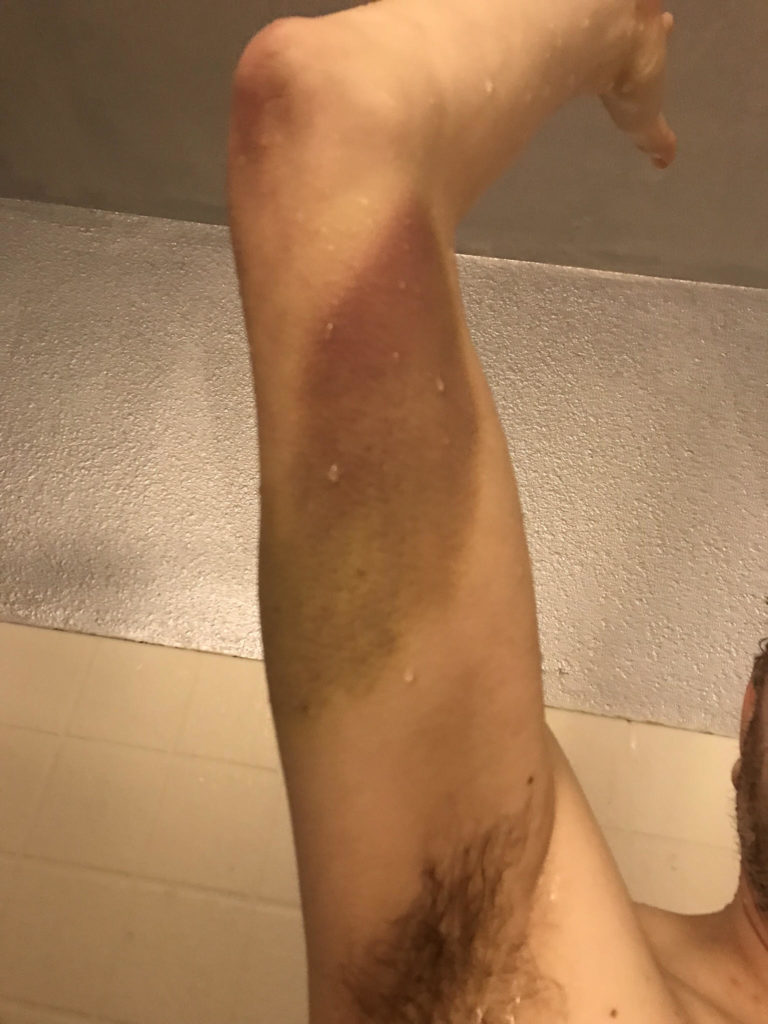
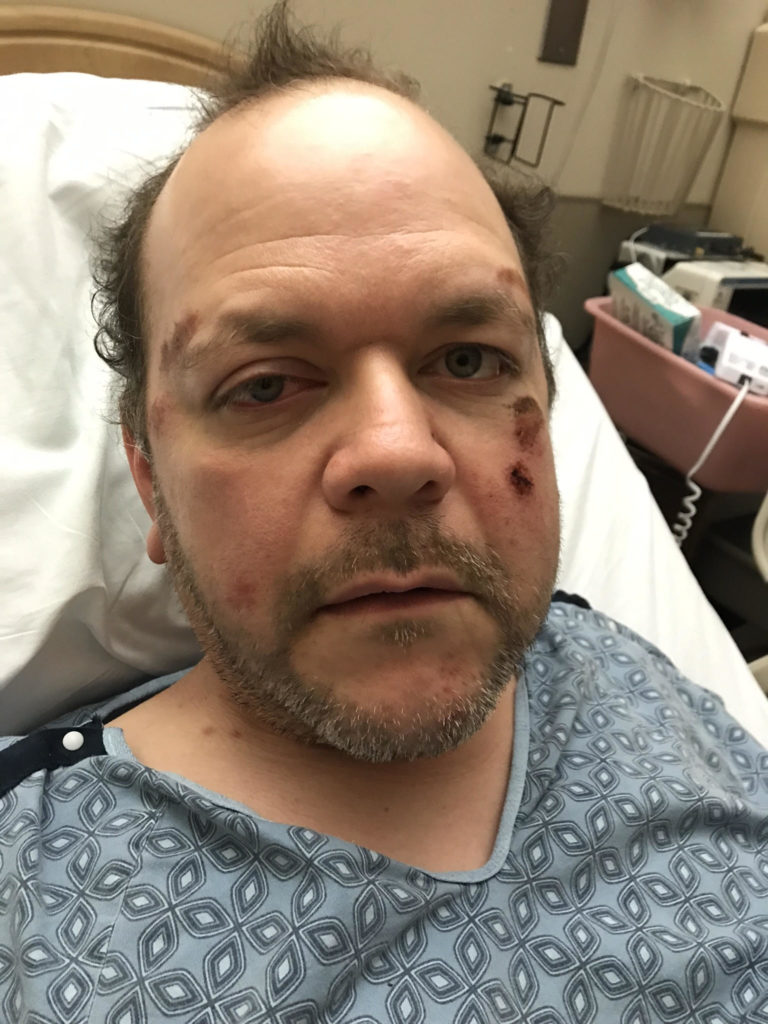
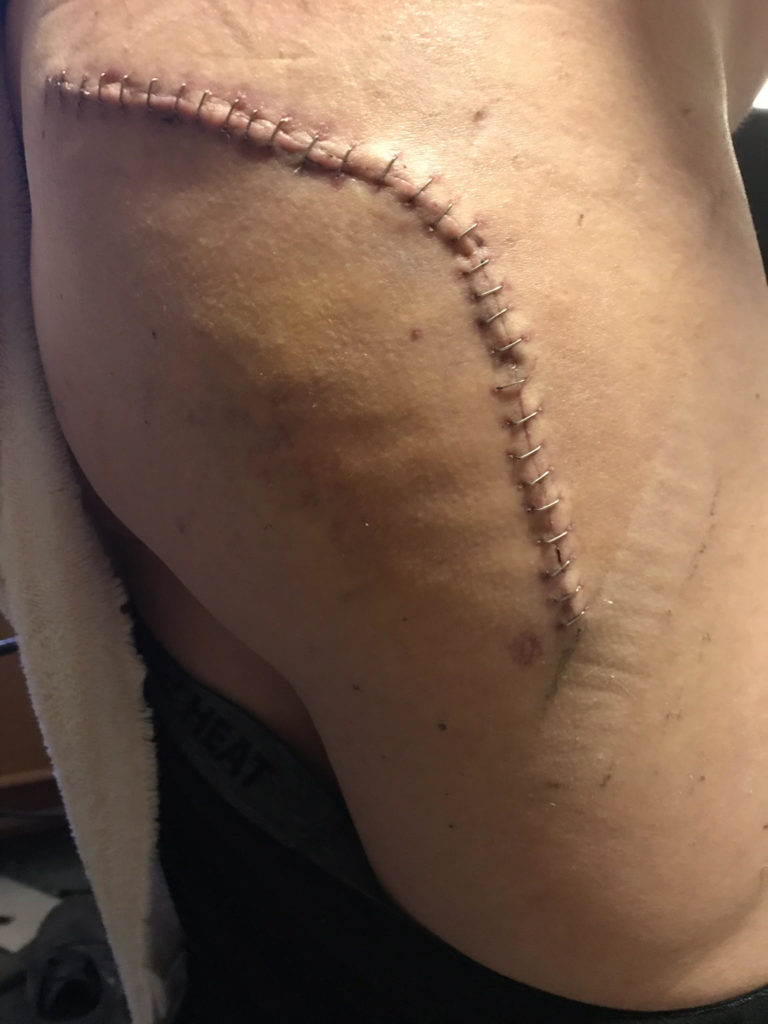
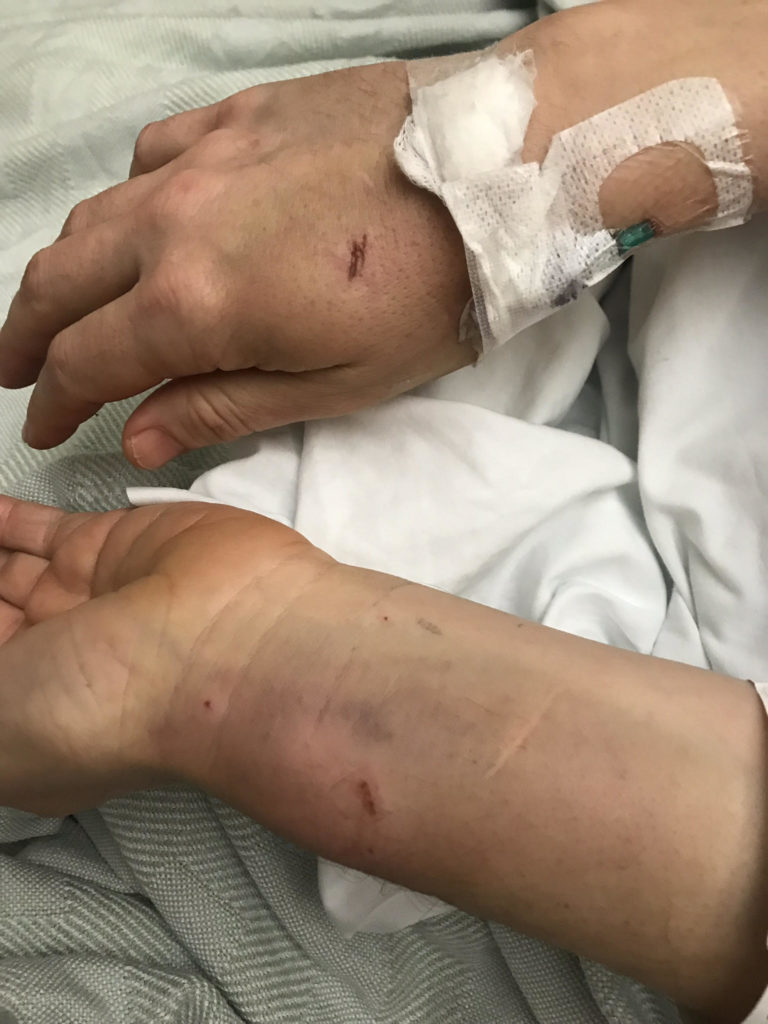
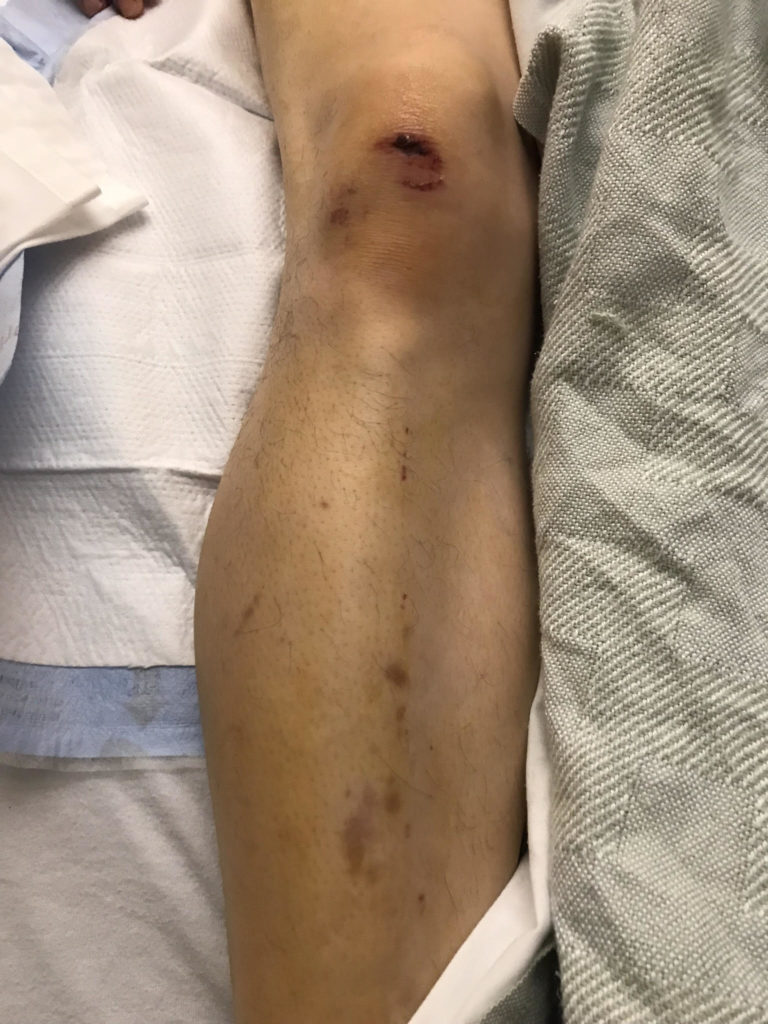
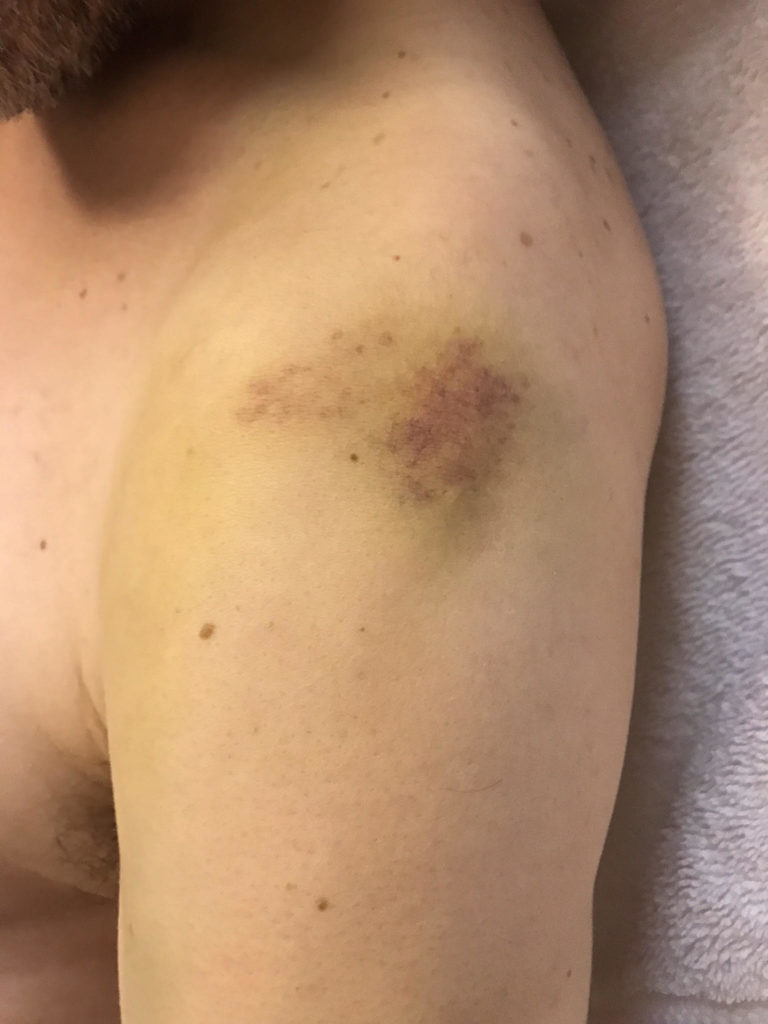
Specifically, the client sustained a fracture of his right femoral head and right hip socket. Essentially, the head of his upper leg bone was destroyed as was the area of the pelvis where it connected. Metal hardware was required to reconstruct these shattered bones. The client also sustained deep contusions and bruises all over his body, including his face, hands, wrists, arms, shoulders, knees and legs. The client sustained multiple facial lacerations among other injuries. These are only the physical injuries. The client also suffered mental injuries as a result of the brutal attack.
Contact One of Our Civil Rights Lawyers Today to Discuss Your Police Brutality Case
If you or a loved one was the victim of police excessive force or another civil rights violation, contact the Piccuta Law Group today to discuss your case. Our civil rights attorneys have a proven track record of winning civil rights cases involving law enforcement misconduct. We have obtained jury verdicts in civil rights cases in both state and federal court. We have settled numerous high profile civil right cases for large dollar amounts. A consultation is free. One of our attorneys is available now.
About the author: The content on this page was written by California civil rights lawyer and Monterey personal injury attorney Charles “Tony” Piccuta. Piccuta graduated with honors from Indiana University-Maurer School of Law in Bloomington, Indiana (Ranked Top 35 US News & World Report 2018). Piccuta took and passed the State bars of Arizona, California, Illinois and Nevada (all on the first try). He actively practices throughout California and Arizona. He is a winning trial attorney that regularly handles serious personal injury cases and civil rights lawsuits. He has obtained six and seven figure verdicts in both state and federal court. He has been recognized by Super Lawyers for six years straight. He is AV Rated by Martindale Hubble. He is a member of the Consumer Attorneys of California, American Association for Justice, National Police Accountability Project, Arizona Association of Justice, Maricopa County Bar Association and Scottsdale Bar Association, among other organizations.
Disclaimer: The information on this web site is for informational purposes only and does not constitute legal advice. Reading and relying upon the content on this page does not create an attorney-client relationship. If you are seeking legal advice, you should contact our law firm for a free consultation and to discuss your specific case and issues.

